If you've been wondering where Apple's iOS journey is headed, this week feels like a rare convergence moment. iOS 26.1 just landed, the iOS 26.2 developer beta is already in the wild, and early whispers about the iPhone 18 are making the rounds. It is like seeing Apple's playbook from three angles at once. The pattern is hard to miss, bend to real feedback, and keep the vision intact.
What makes the timing so revealing is how these updates go straight at one of the most contentious design choices in recent memory, the Liquid Glass aesthetic. When iOS 26 shipped in September, those semi-transparent panels split the room. Some people loved the modern, fluid feel. Others squinted at their screens, especially anyone with visual impairments or anyone checking their phone in bright sunlight. Apple's response across these updates shows a measured evolution. Stick to the idea, sand down the rough edges so it works for more people. Simple, not simplistic.
iOS 26.1: Apple's calculated response to user pushback
Apple released iOS 26.1 on November 3rd after more than a month in beta. Not a throwaway point release. More like, we heard you, we are not retreating, we are giving you control.
The headline change tackles Liquid Glass directly with new customization, Clear and Tinted modes. Smart move. Instead of scrapping the look, which would spook developers and muddy the design language, Apple kept the aesthetic and handed users a dial.
You will find the options under Settings > Display > Brightness > Liquid Glass, where the Clear setting maintains the transparent aesthetic while Tinted increases opacity for better contrast and readability. Accessibility is not one size fits all, and this lets people tune the vibe without breaking consistency across apps.
iOS 26.1 also fixes a frustration that has tripped up users for years, accidentally opening the Camera from the Lock Screen. There is now a toggle in Settings that lets you disable this swipe gesture entirely. No more launching the lens when you only want to check the time. Small change, very human.
Alarms got the same treatment. You now swipe rather than tap to stop alarms, which makes it much harder to kill your wake-up by accident when you are half asleep. This tweak alone probably saves a lot of oversleeps.
Internationally, iOS 26.1 pushes Apple Intelligence into more markets. The update adds Danish, Dutch, Norwegian, and Turkish, among others, and Live Translation picks up AirPods support for Chinese, Italian, Japanese, and Korean. Not just ticking boxes. This is Apple laying tracks for AI adoption in regions where Samsung has a head start, so switching ecosystems feels like work.
Behind the scenes, iOS 26.1 tackles security head-on. Apple introduced automatic Security Improvements installation and patched multiple issues, including Stolen Device Protection and WebKit flaws. The Stolen Device Protection fix stands out; it prevented bad actors from disabling this safeguard even with physical access to a device.
iOS 26.2 beta: Accelerating iteration cycles
One day after 26.1 hit the public, Apple pushed the iOS 26.2 beta to developers. The message is clear: iterate fast on Liquid Glass. The standout tweak is a lock screen opacity slider that gives you granular control over the Liquid Glass transparency on the clock display.
This goes further than the Clear or Tinted toggle. You can fine-tune exactly how transparent or opaque the clock appears. Power users will love it. It also hints at a philosophy shift toward progressive disclosure, simple defaults for most people, and deeper control for those who want it.
App updates tell the same story. The News app gets quick access buttons for Sports, Puzzles, Politics, and Food, plus a new Following tab that centralizes favorites and saved content. Less hunting, more reading. Those two or three saved taps add up when you check the same sections every morning.
Podcasts picks up three AI-flavored tools, including automatically generated chapters and the ability to see referenced podcasts directly from the player. Not flashy, but it makes shows easier to navigate and discover. Better listener flow, better for Apple's services business too.
The handiest addition might be the new bridge between Reminders and Clock. You can set urgent reminders that trigger alarms, even when Focus mode is active. Finally, a way to let the truly important stuff break through without blowing up your whole Focus setup.
Health gets a nudge toward accuracy. As per MacRumors, Sleep Score grading shifts so the Very Low category spans 0 to 40 points instead of 0 to 29. Harsher, yes. Also clearer. I would rather have a tough judge than a flattering one when it comes to rest.
AI developments: Strategic positioning for iOS 18
While iOS 26 keeps evolving, the rumor mill around iOS 18's AI plans points to Apple's longer game. Reports say Apple's AI initiative, internally codenamed Greymatter, will focus on practical benefits for end users. Classic Apple, polish over the spectacle. Ship what works, skip the half-baked demo.
The rumored features sound like intelligence woven into everyday flows, not bolted on. Siri could offer "Greymatter Catch Up" summaries for notifications, pulling in calendar events, locations, and dates, so getting back to your phone after hours away does not feel overwhelming. Actual help, not a parlor trick.
Notes might get smarter too, with summaries and math solving via Calculator integration. That is the kind of cross-app intelligence Apple can pull off because it controls the whole stack, from silicon to software.
On the creative side, photo editing akin to Magic Eraser and custom emoji generation would put Apple back on pace where rivals sprinted ahead. Expect a heavy emphasis on privacy and on device processing; your photos and messages stay local, and the features still feel smart. If AI privacy anxiety keeps rising, this could become a clear differentiator.
The most strategic thread here is that everything lives inside the apps you already use. No separate AI hub. This approach, potentially powered by their Ajax LLM and possibly featuring ChatGPT integration, fits Apple's preference for invisible tech. The phone just gets better at what you already do.
iPhone 18 hardware: Building tomorrow's computational platform
Looking toward 2026, early iPhone 18 chatter points to bold looks and serious silicon. Rumors suggest the iPhone 18 Pro could ship in coffee, purple, and burgundy finishes while potentially skipping traditional black variants. If true, that extends the iPhone 17 Pro shift away from classic colorways. Color as a wink that this is the new thing.
Under the glass is what matters. The phone is expected to feature Apple's new A20 chip built on TSMC's 2nm process, a variable aperture main camera, and enhanced AI capabilities. A 2nm node means more performance per watt, which is exactly what heavy AI workloads need to avoid torching battery life.
A variable aperture is not just spec sheet candy. It unlocks computational photography tricks that depend on precise control of depth of field and light. Paired with advanced AI, the camera can make real-time calls about the best aperture for a scene, a face, or a dim restaurant.
The sensor story is just as important. Sony is developing 2 Layer Transistor Pixel stacked CMOS sensors that dramatically improve dynamic range and reduce noise. By splitting photodiodes and pixel transistors across separate substrate layers, these sensors double saturation signal levels while keeping image quality high in tough light. That gives AI cleaner data to work with.
Samsung is chasing "Humanoid Sensors" that embed AI onto the sensor itself, potentially enabling 500 to 600 megapixel capabilities by 2027. On sensor processing would cut power draw and improve object recognition by interpreting imagery at capture time instead of afterward. For Apple, that points to cameras that understand a scene as it happens, which opens doors for augmented reality and new computational photography tricks.
Strategic implications for the Apple ecosystem
Taken together, the current iOS wave shows a mature approach to design in the social media era. Apple is not swerving when feedback turns spicy. It is smoothing pain points while staying the course on Liquid Glass. That matters for a global audience with wildly different accessibility needs and usage contexts.
This cadence helps developers, too. By offering customization instead of ripping up the visual language, Apple gives third-party teams a stable target. You can adopt Liquid Glass elements with confidence that the style will stick around, and users still get the control they need.
AI is slipping into the system in ways that feel natural, not neon-highlighted. Where others might shout AI from the rooftops, Apple tends to tuck it into familiar flows so the device just feels smarter. Invisible upgrades are the brand.
The expected December release timeline for iOS 26.2, plus early iPhone 18 speculation, points to a faster development drumbeat as AI competition heats up. With advances in sensors, on-device AI, and computational photography stacking together, future iPhones start to look less like simple cameras and more like visual interpreters. Devices that see context, anticipate needs, and enhance reality in real time.
The larger shift is toward robust on-device AI processing leveraging dedicated NPUs. Faster, more private, more responsive. As hardware specs converge across brands, that kind of intelligence becomes the battlefield.
The timeline in front of us is layered. iOS 26.1 fixes immediate pain, iOS 26.2 stretches the feature set, and iPhone 18 rumors set expectations for the next leap in hardware. That blend, solve today, strengthen now, build for tomorrow, is how Apple keeps the ecosystem moat wide. I would bet they stick to this rhythm. It has worked for them before.




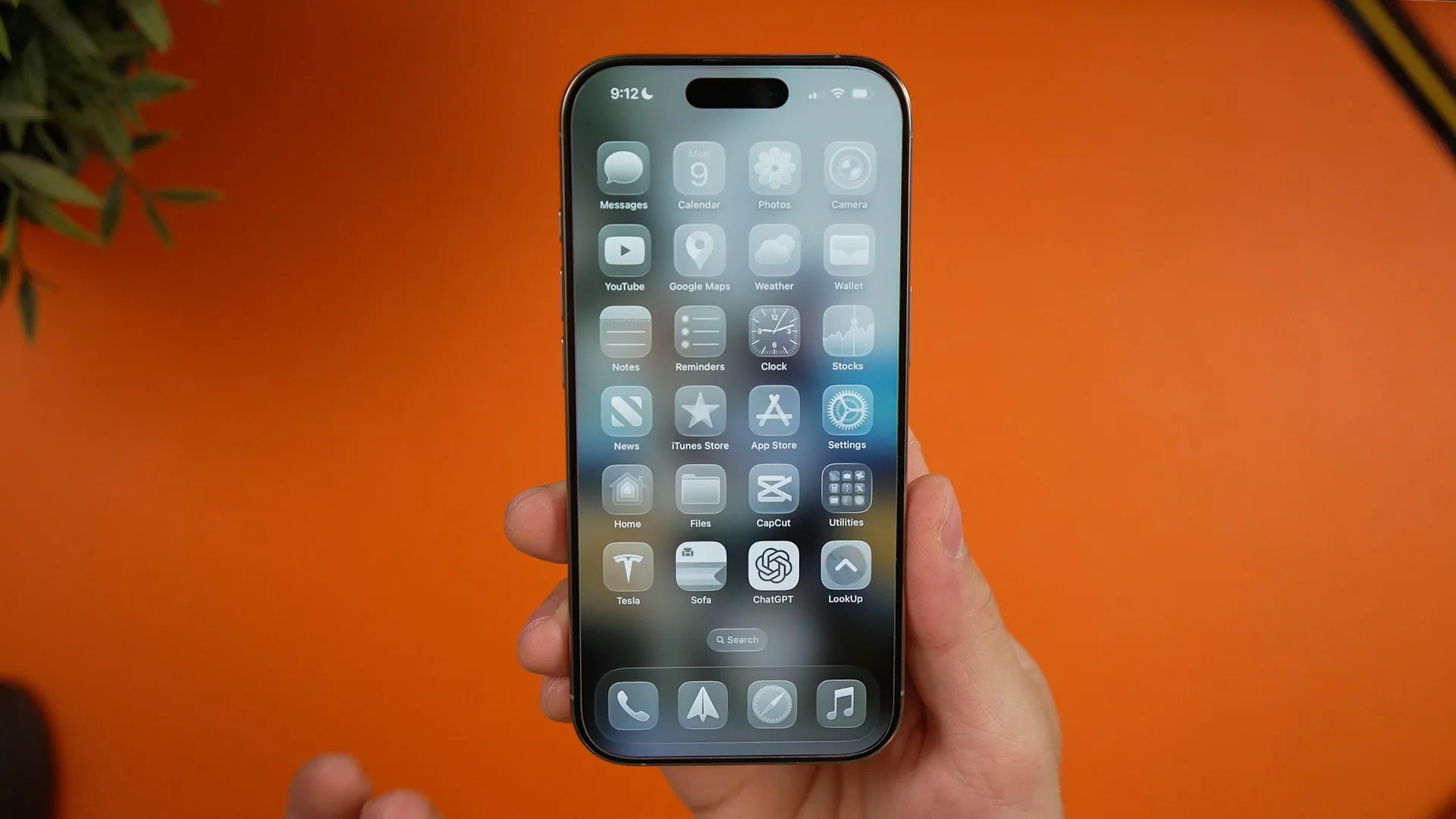
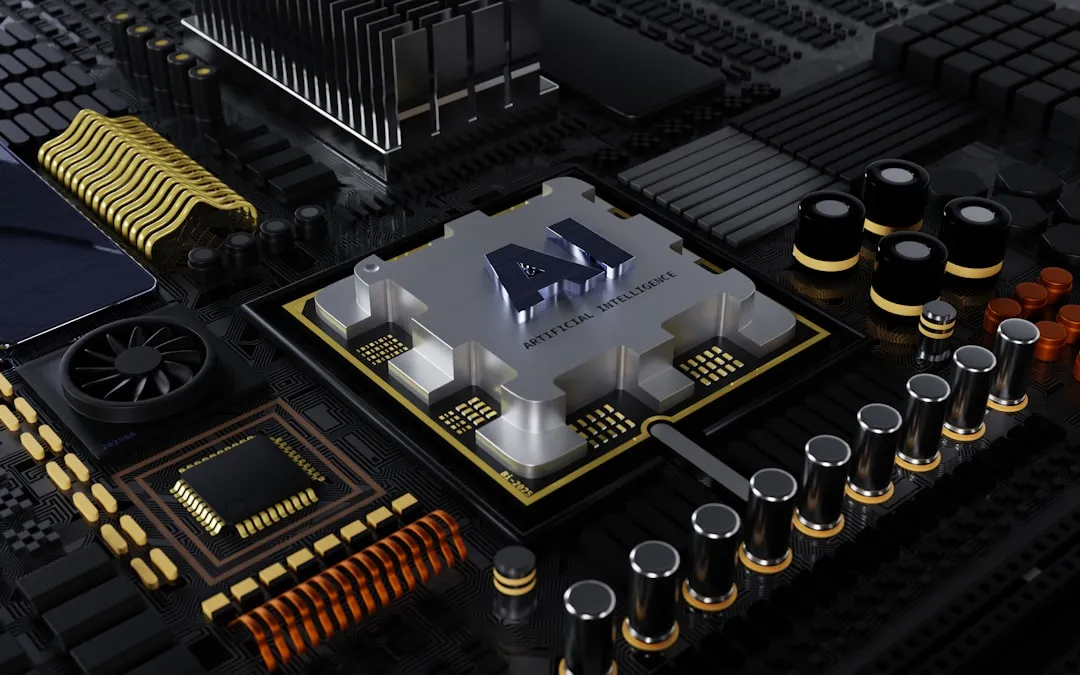
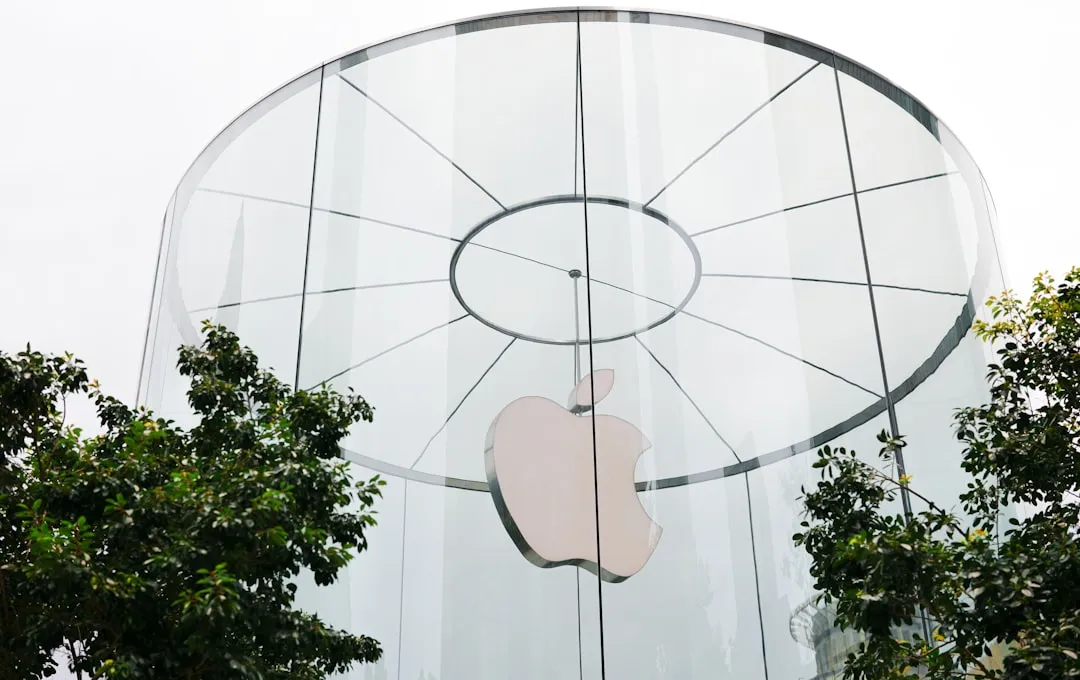

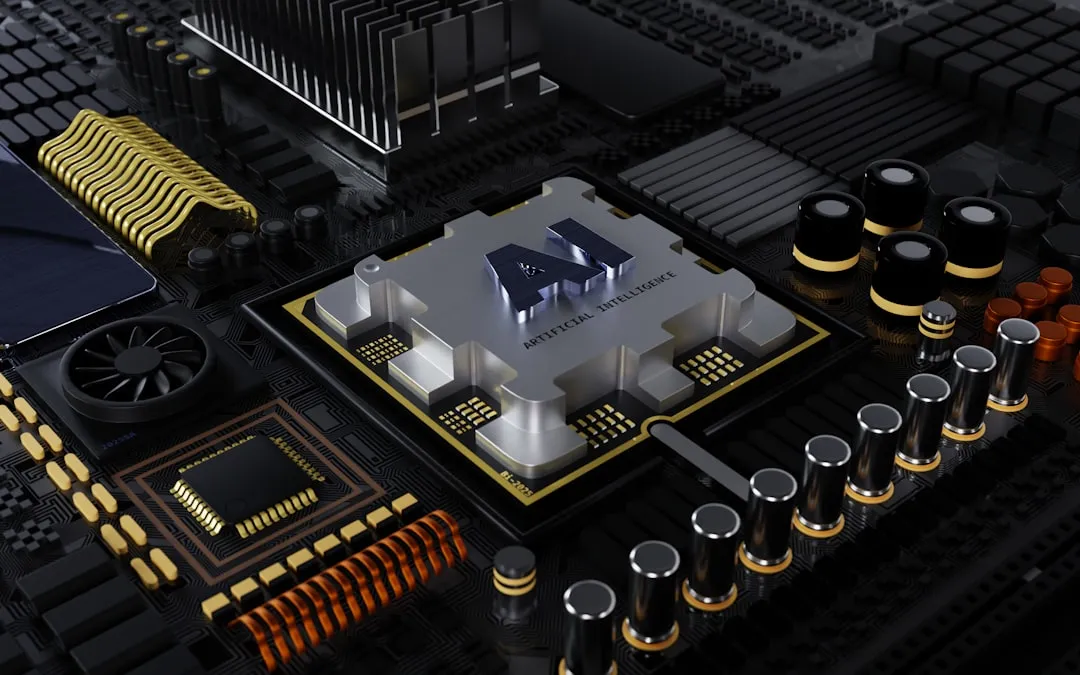
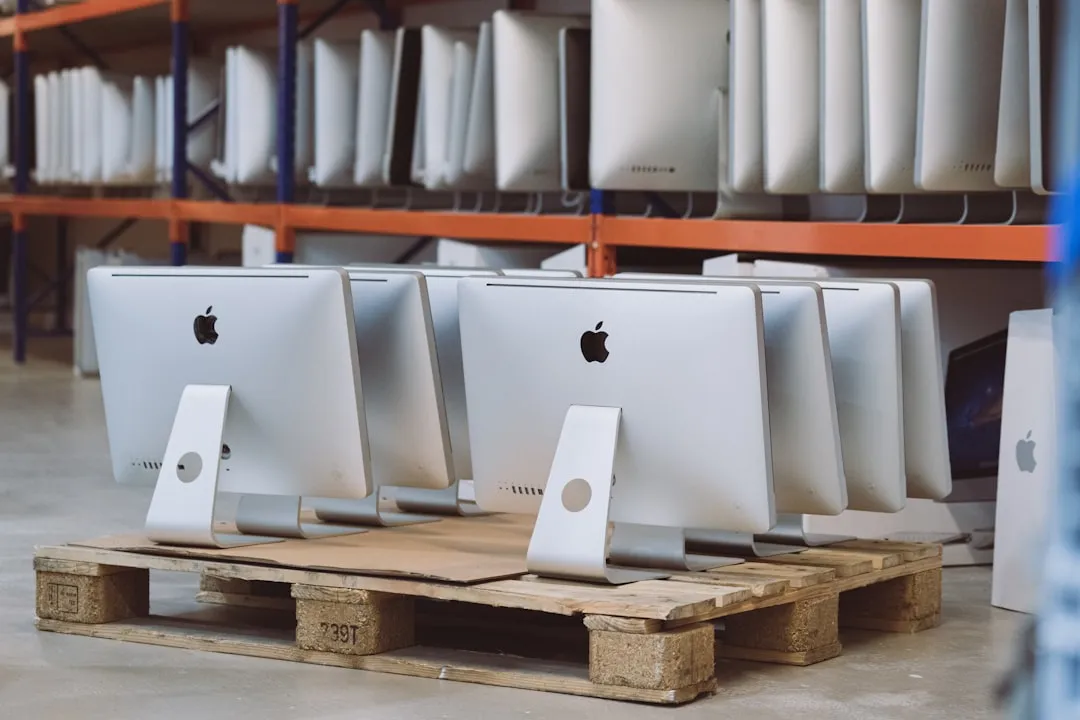

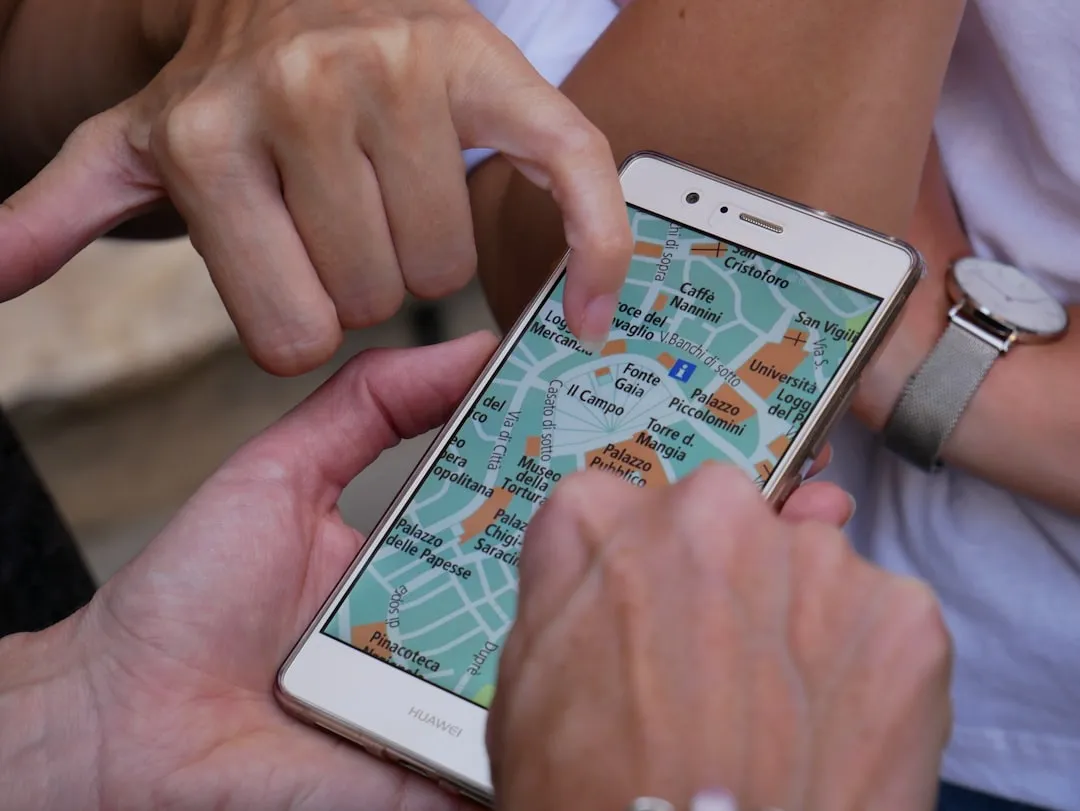

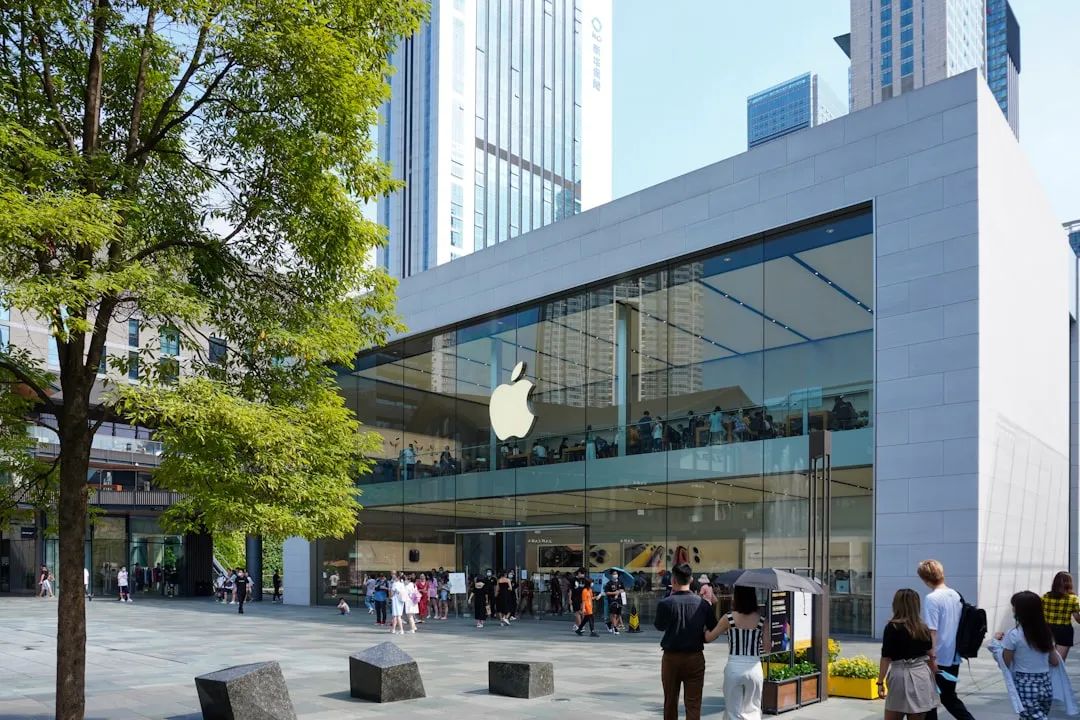
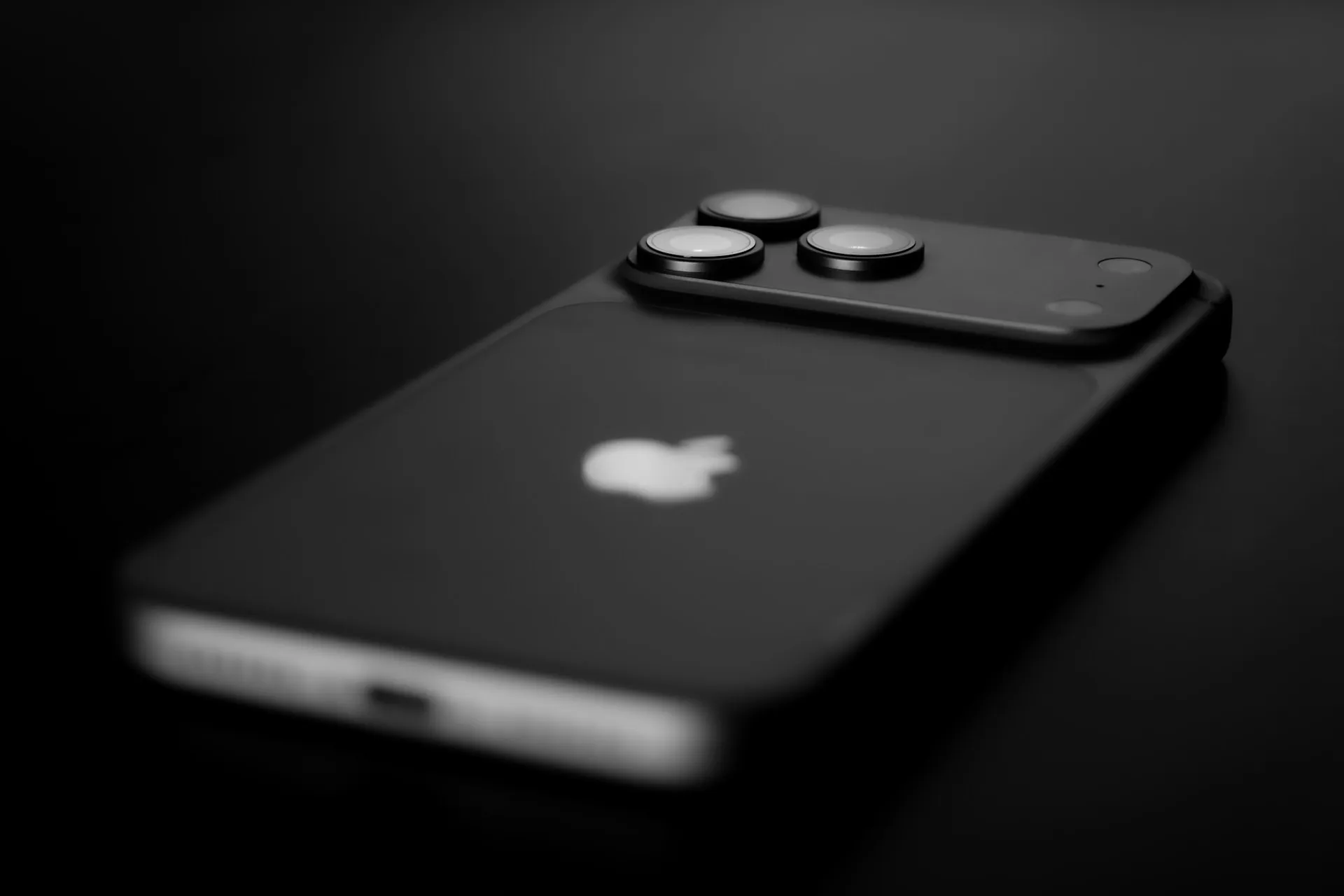
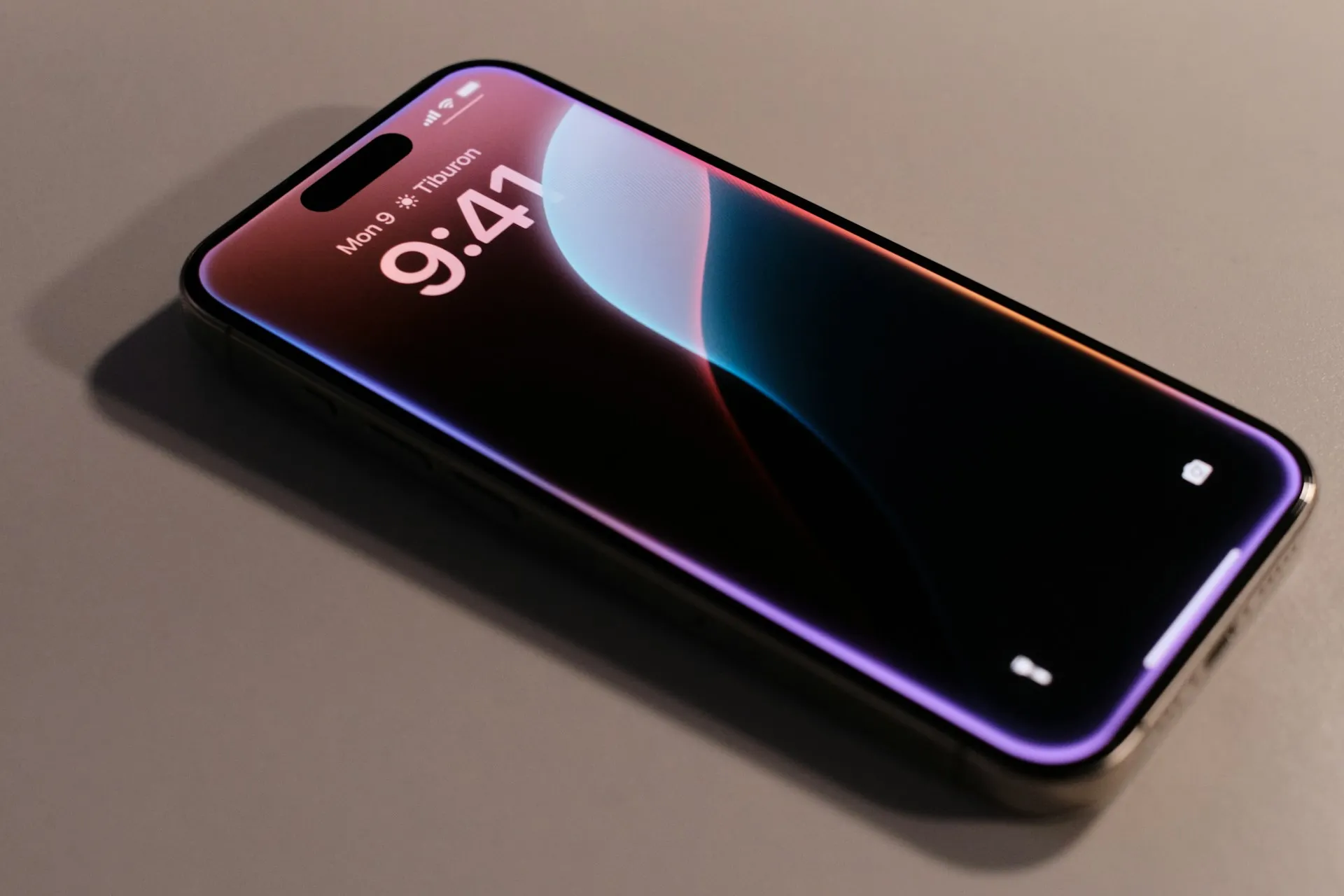
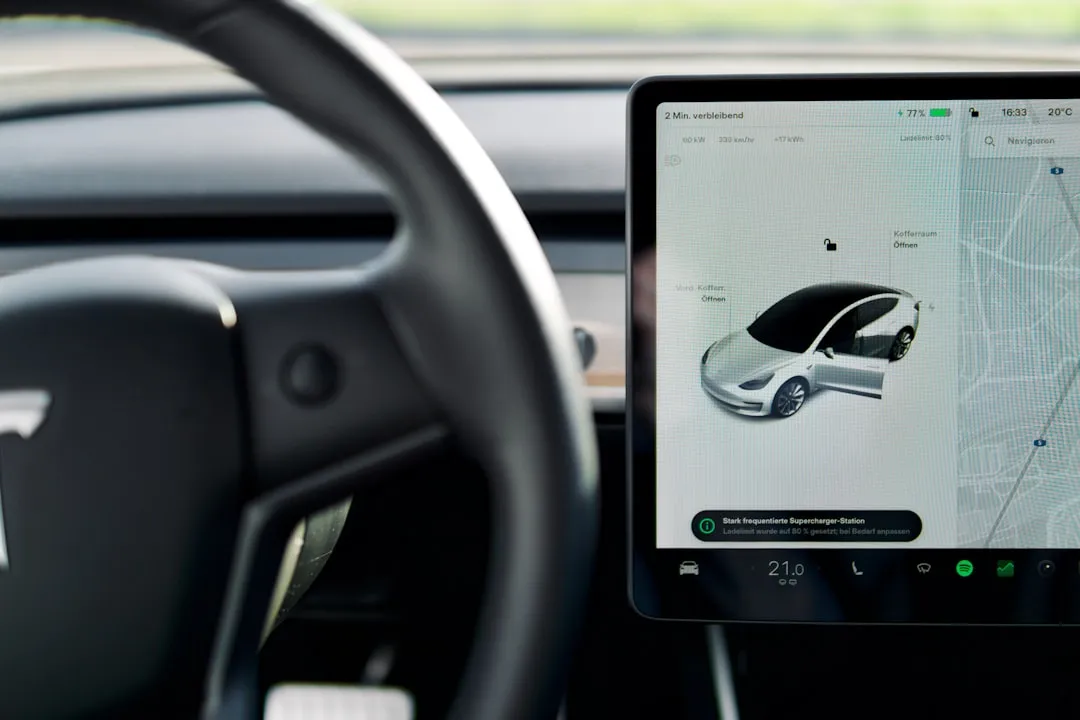





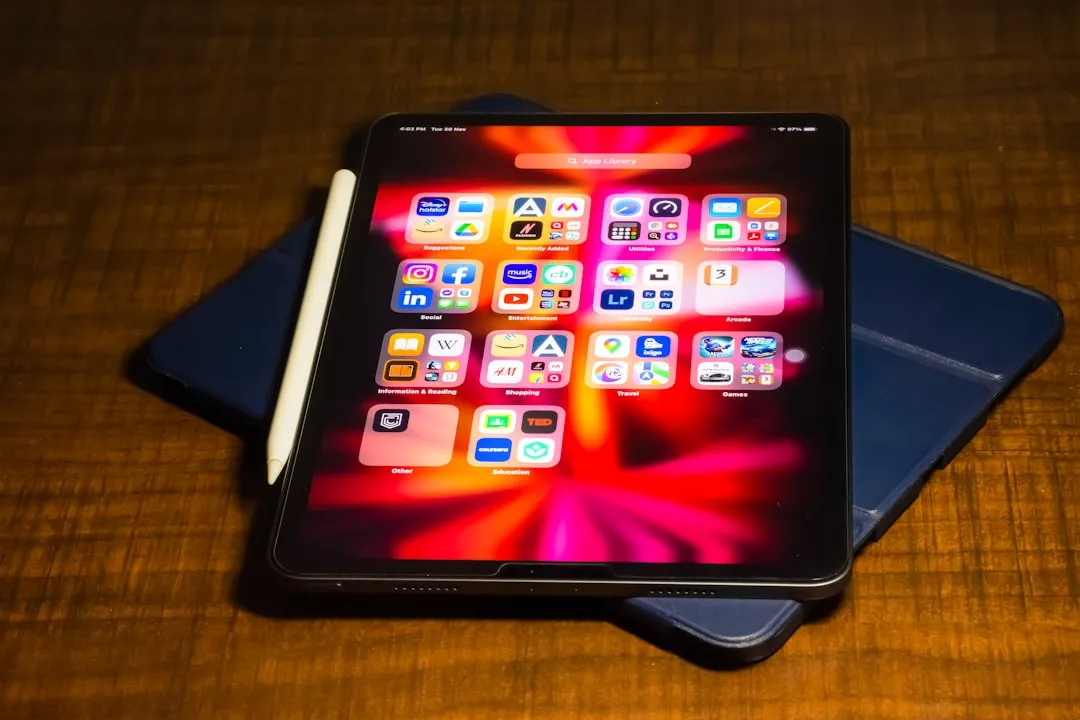

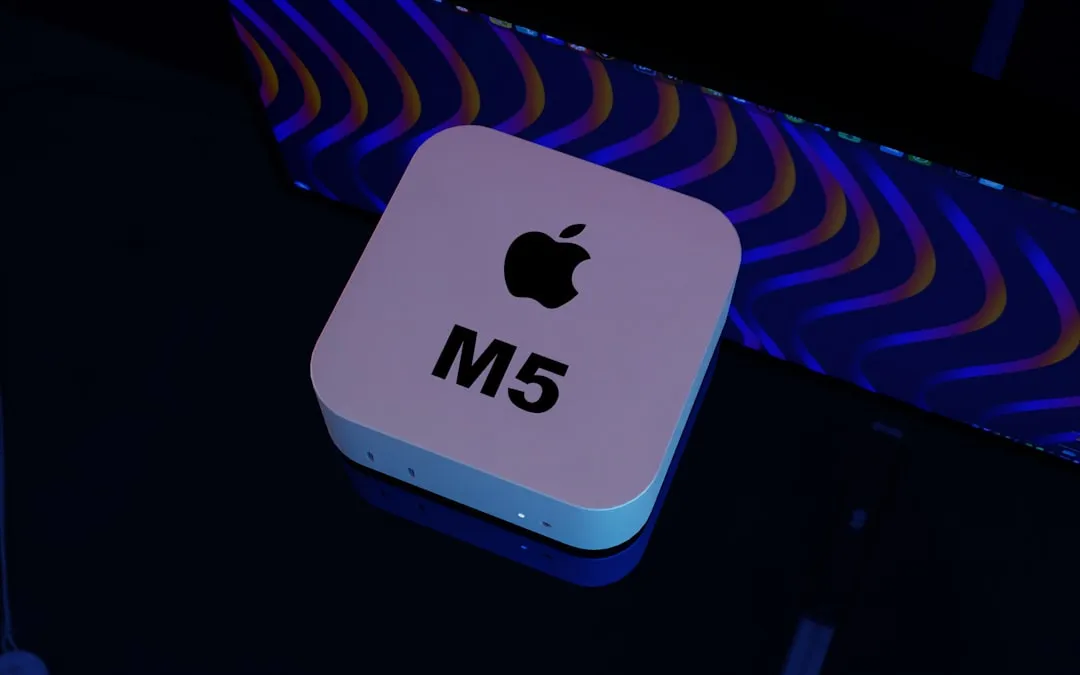
Comments
Be the first, drop a comment!